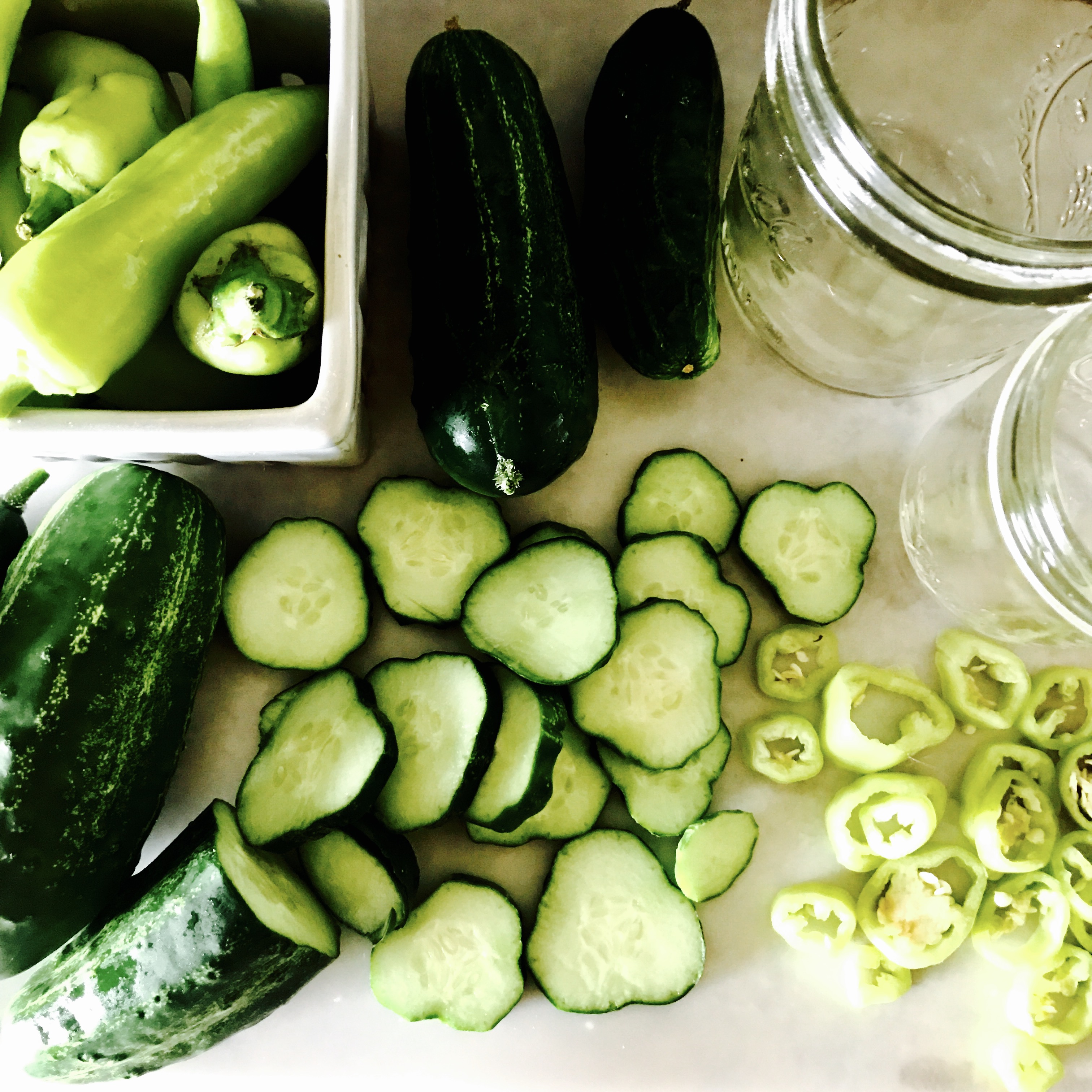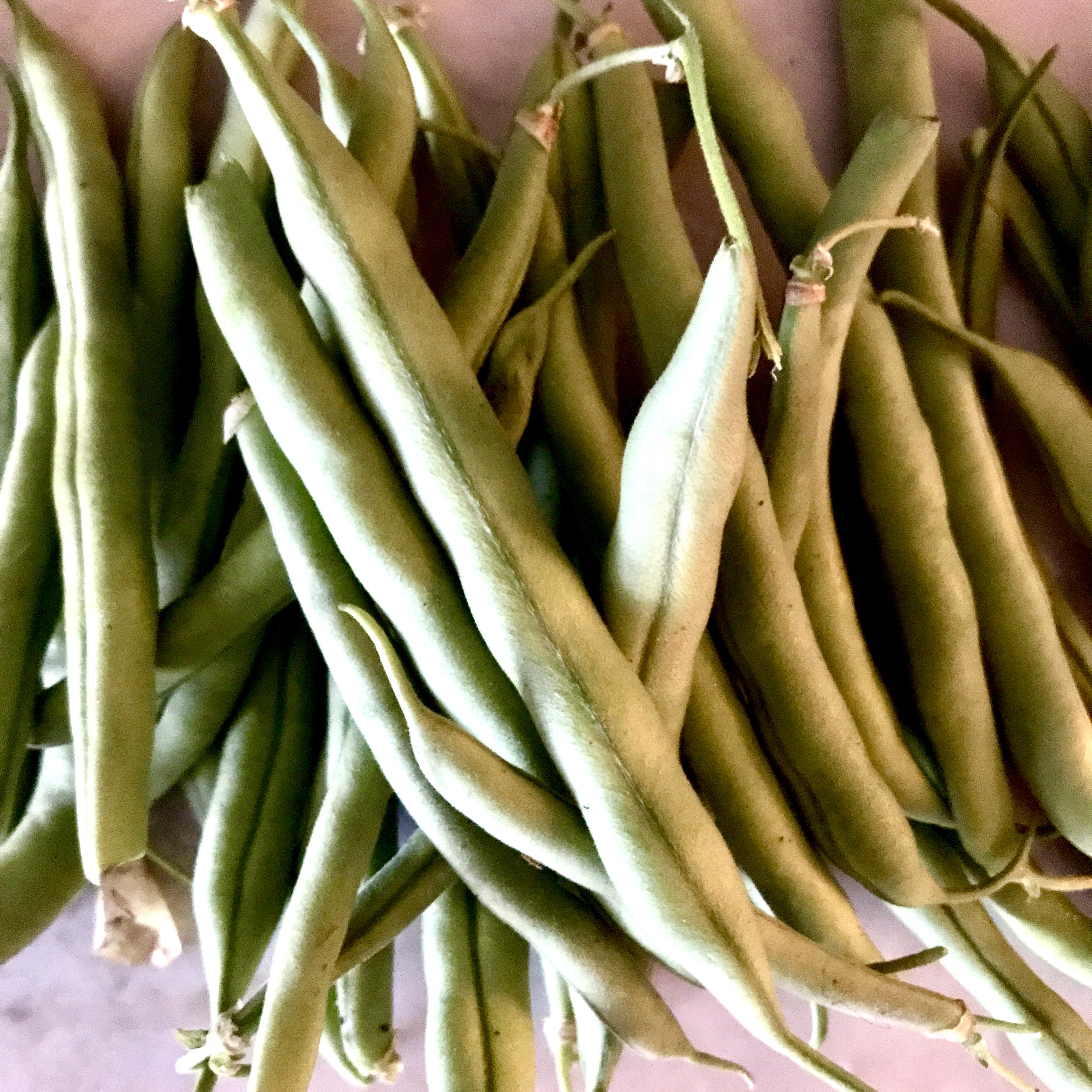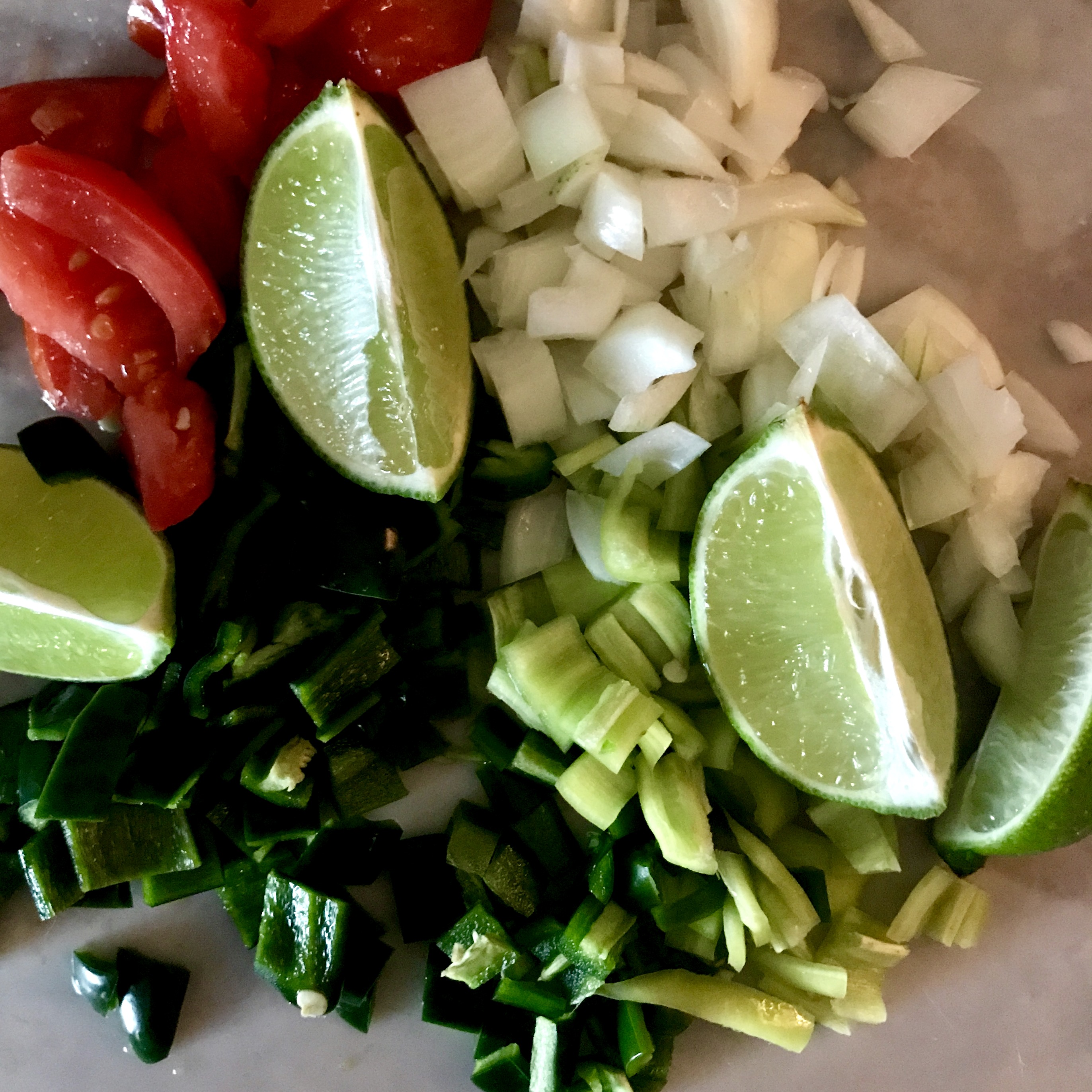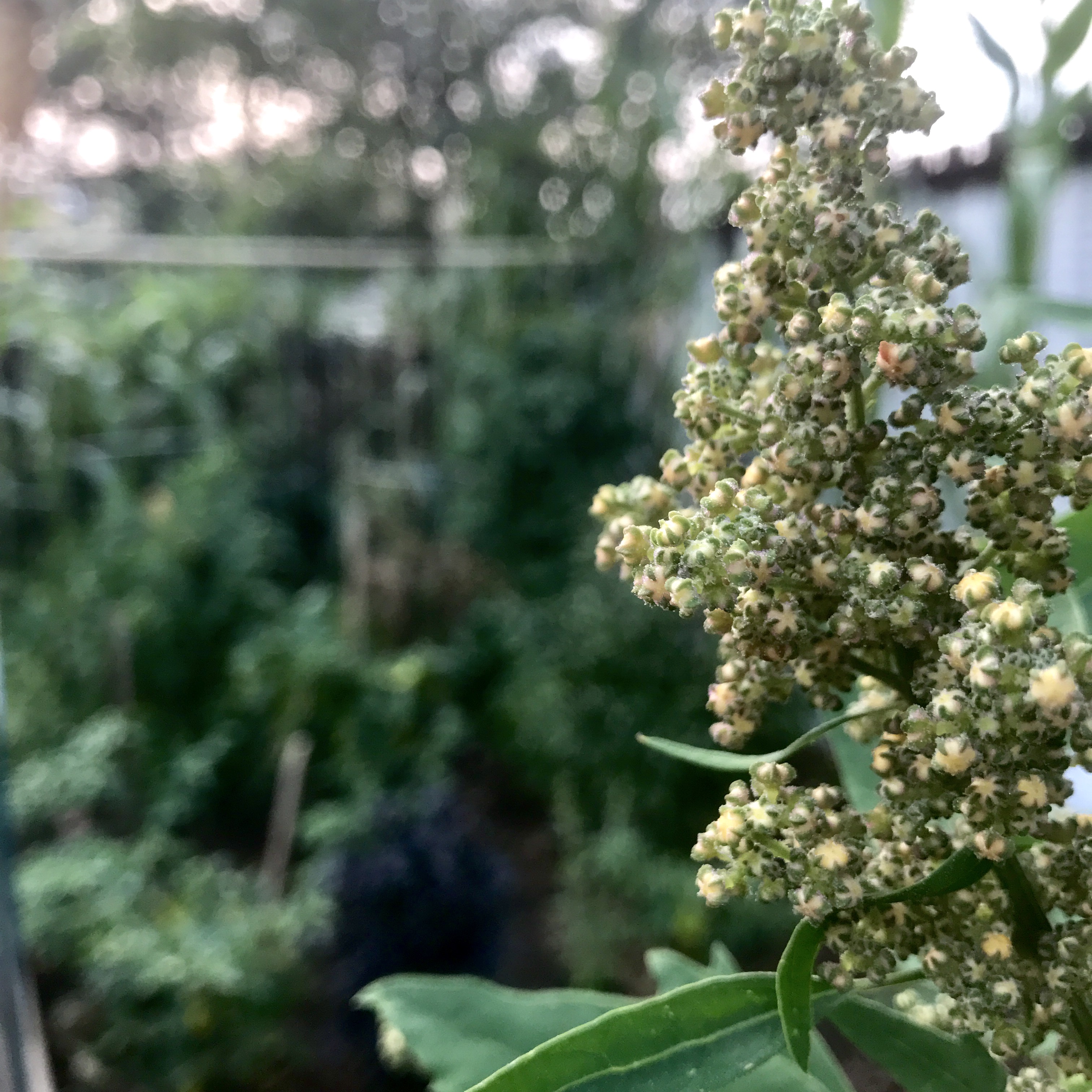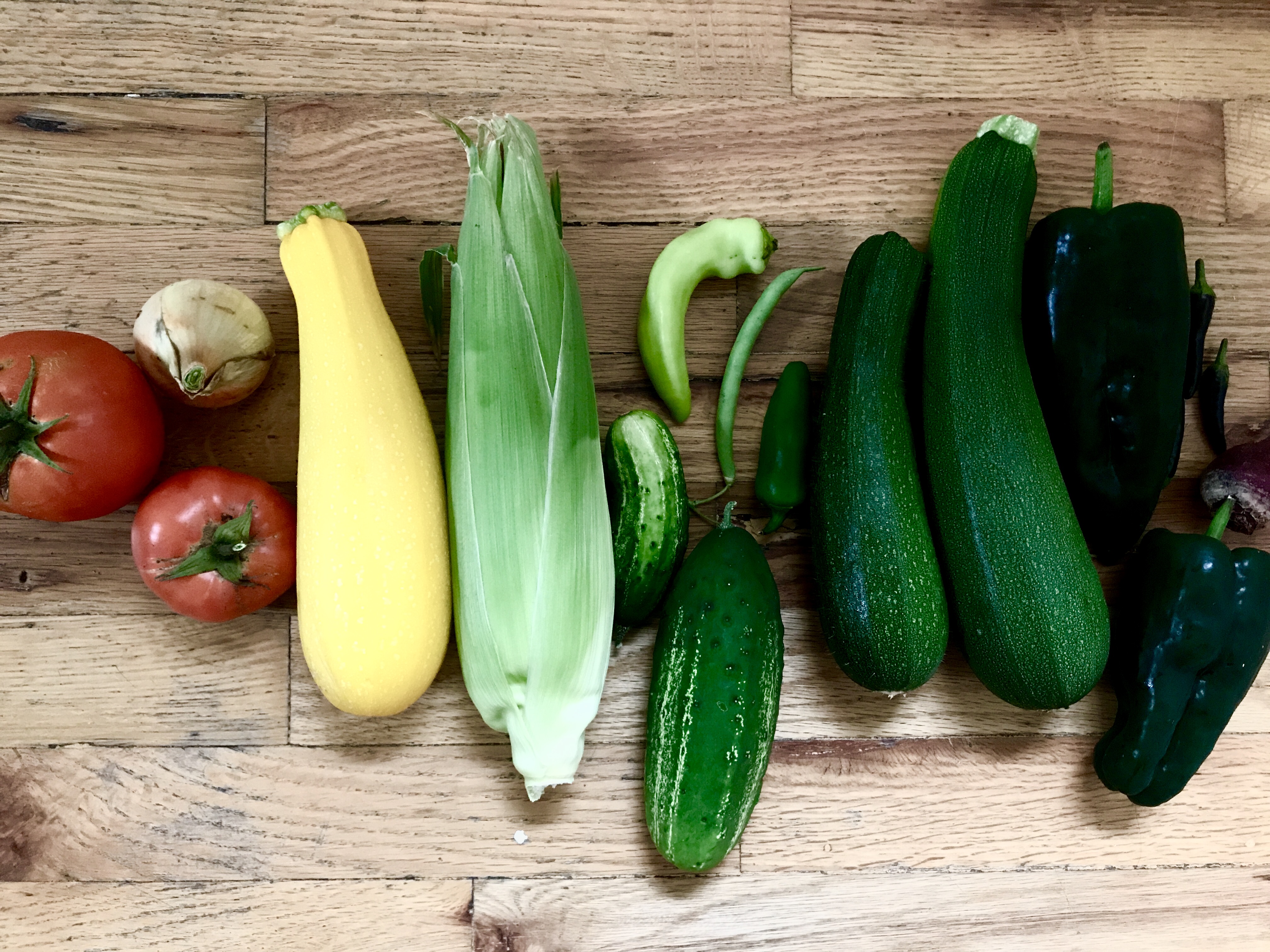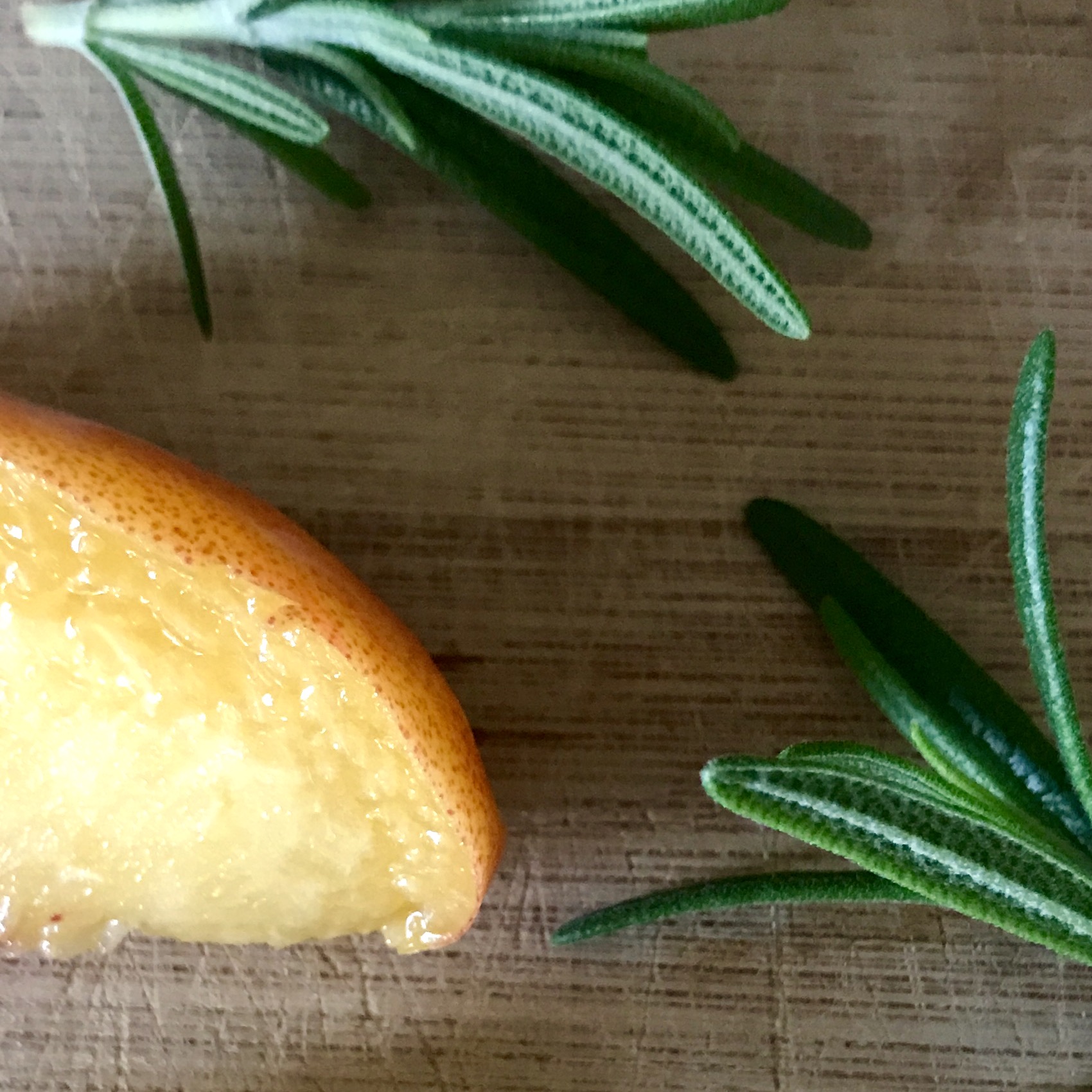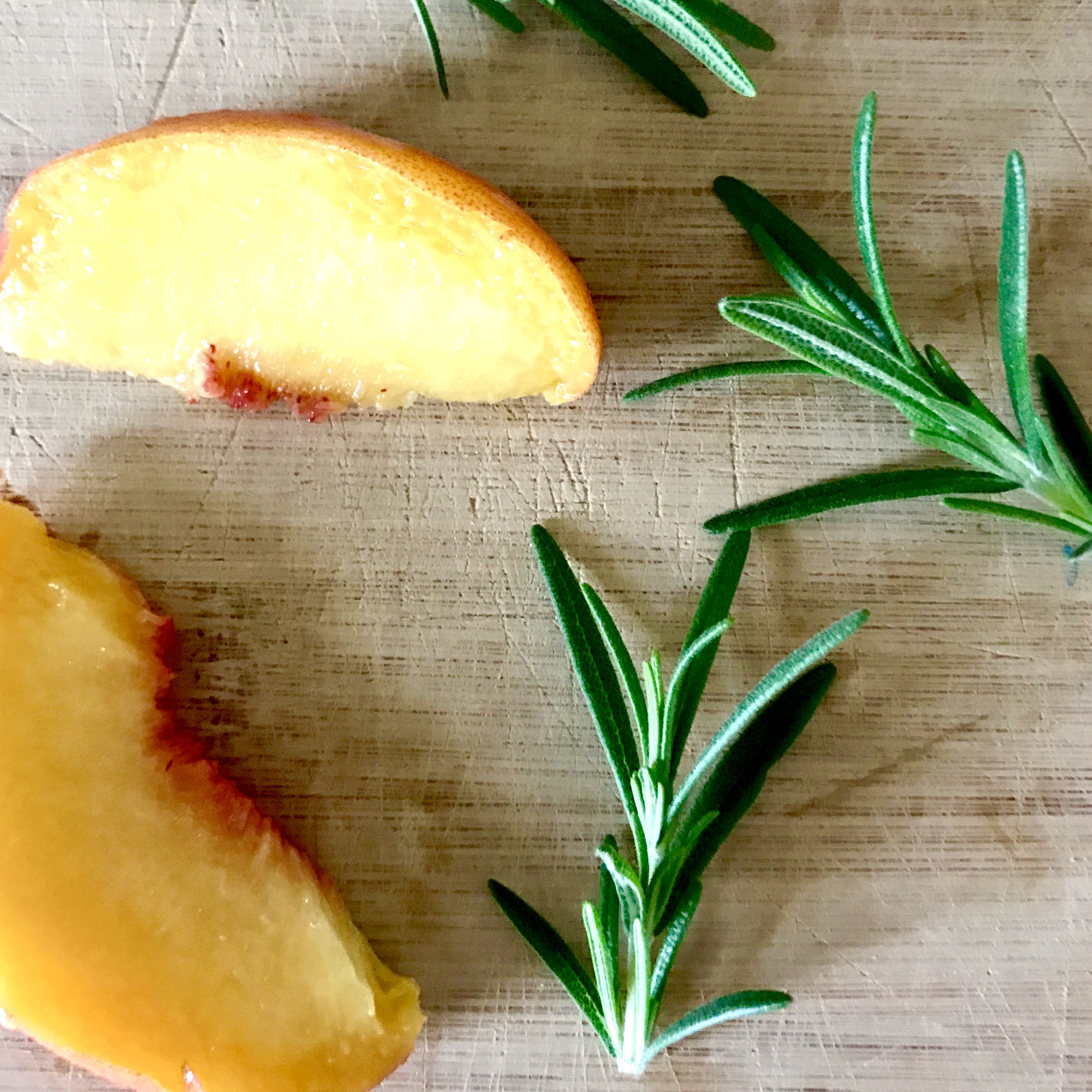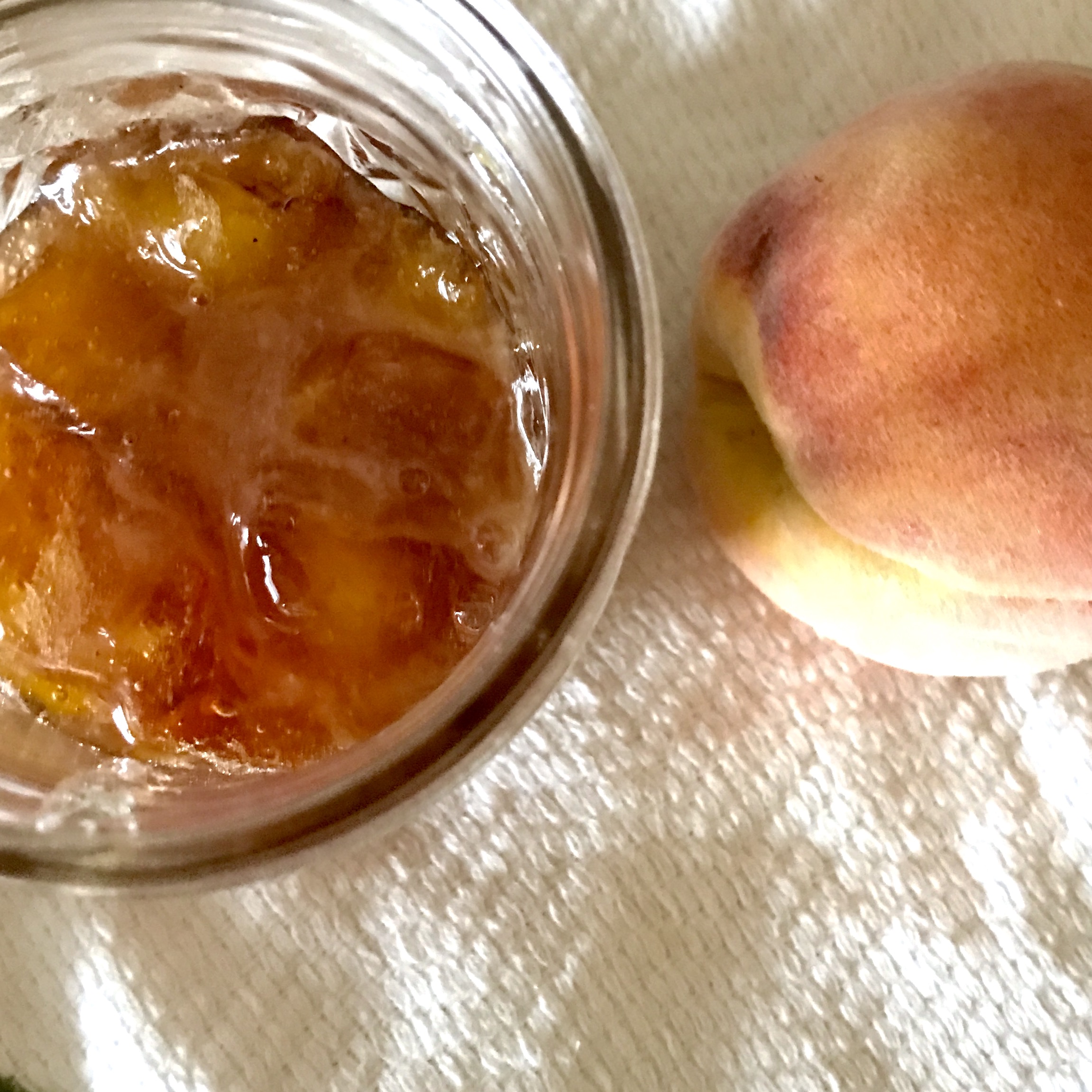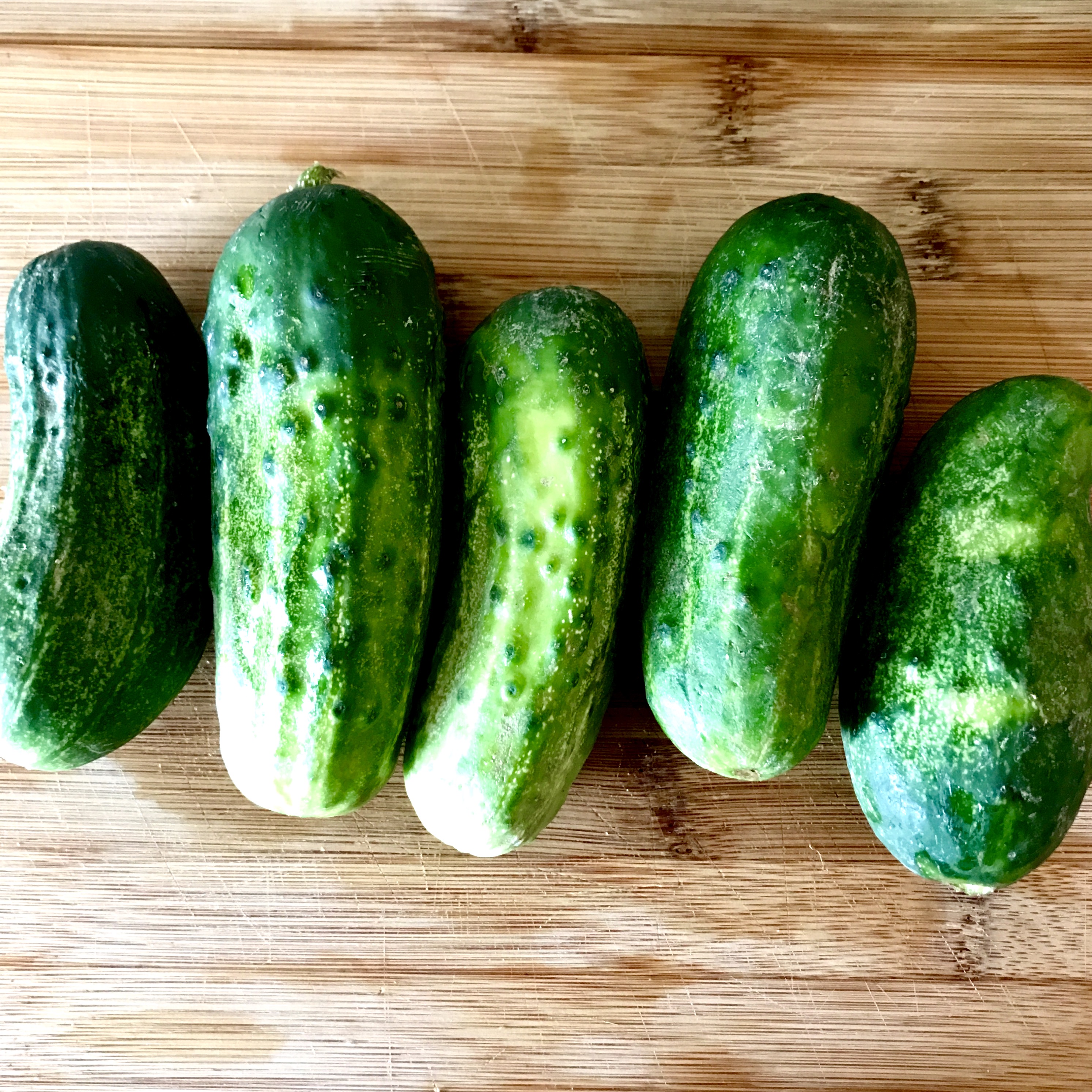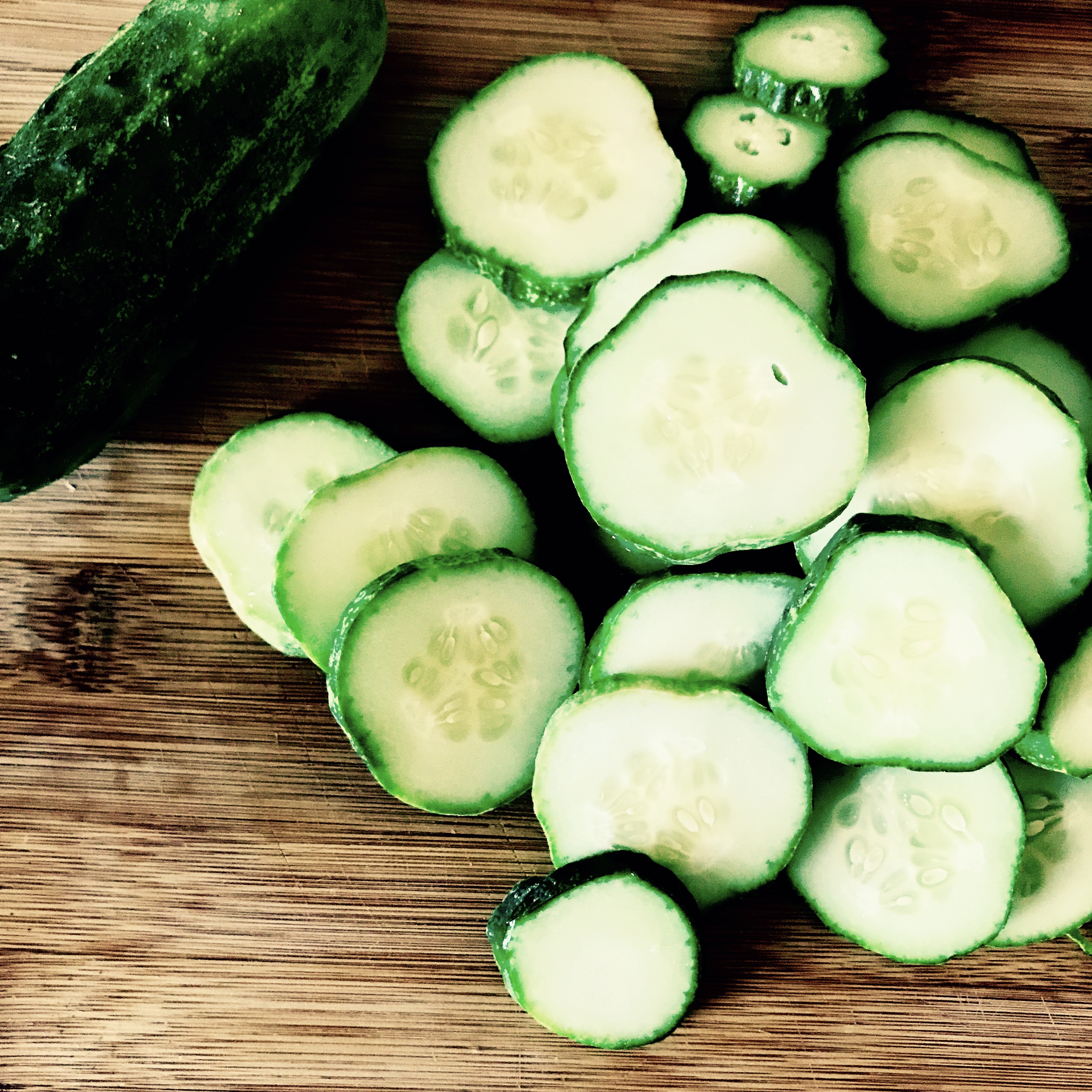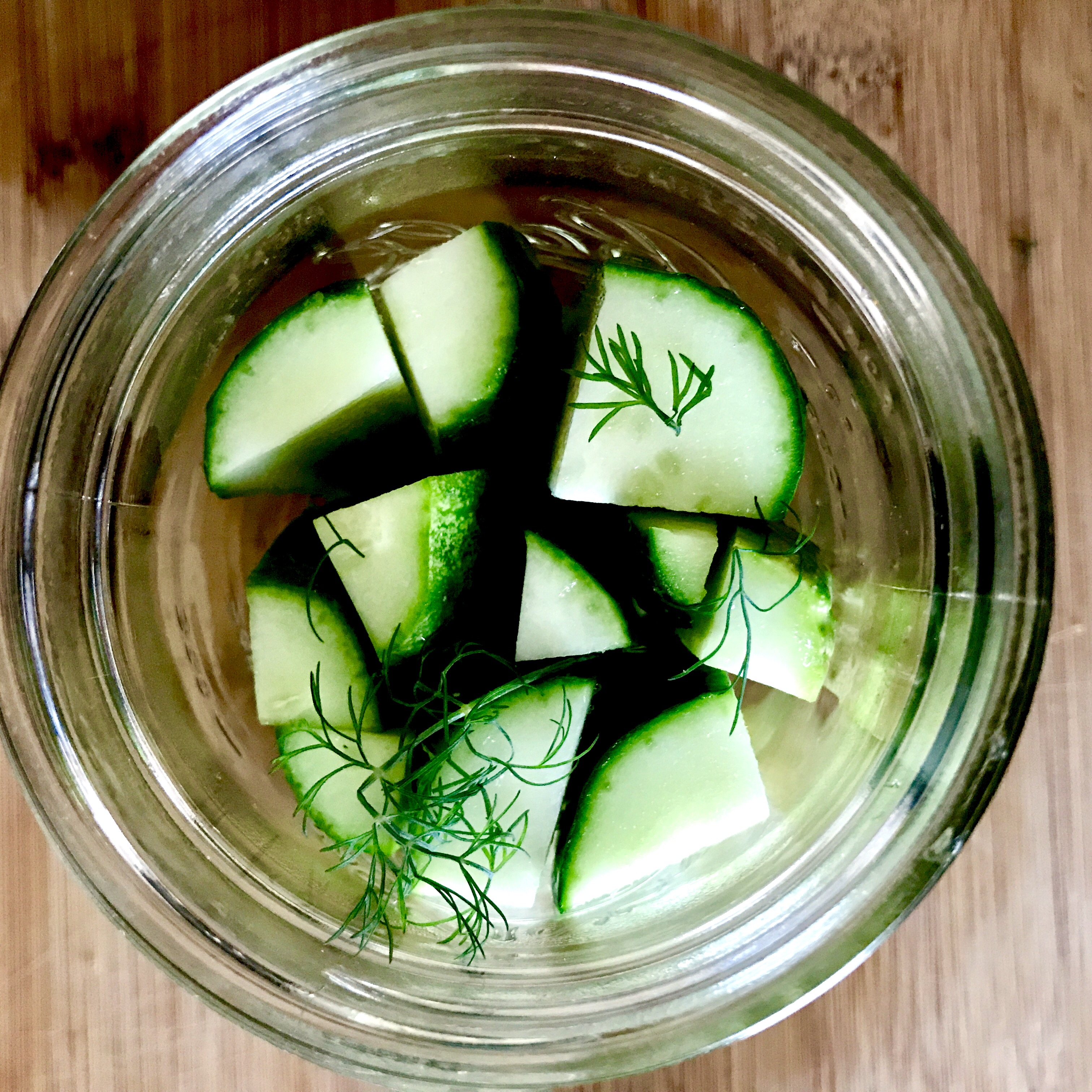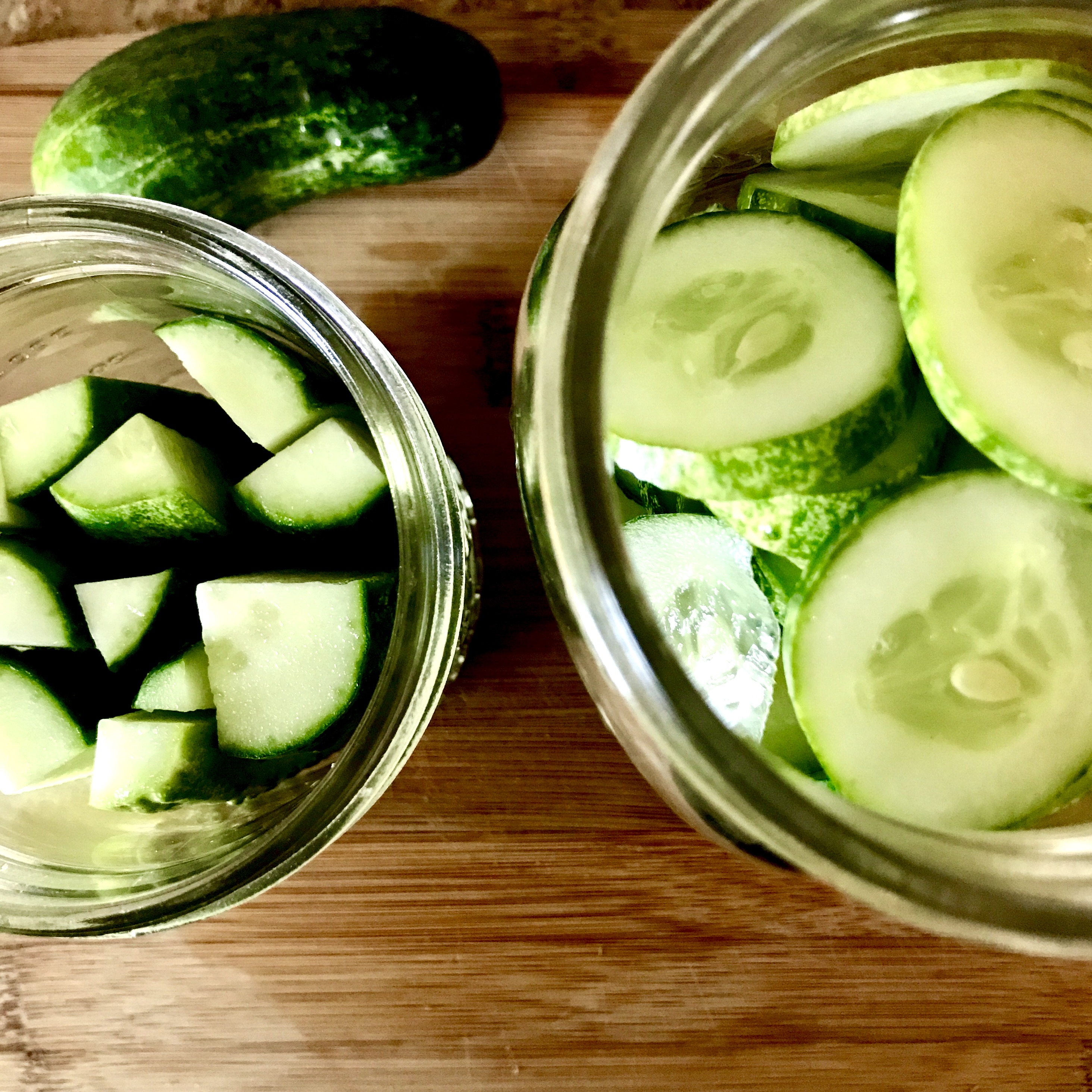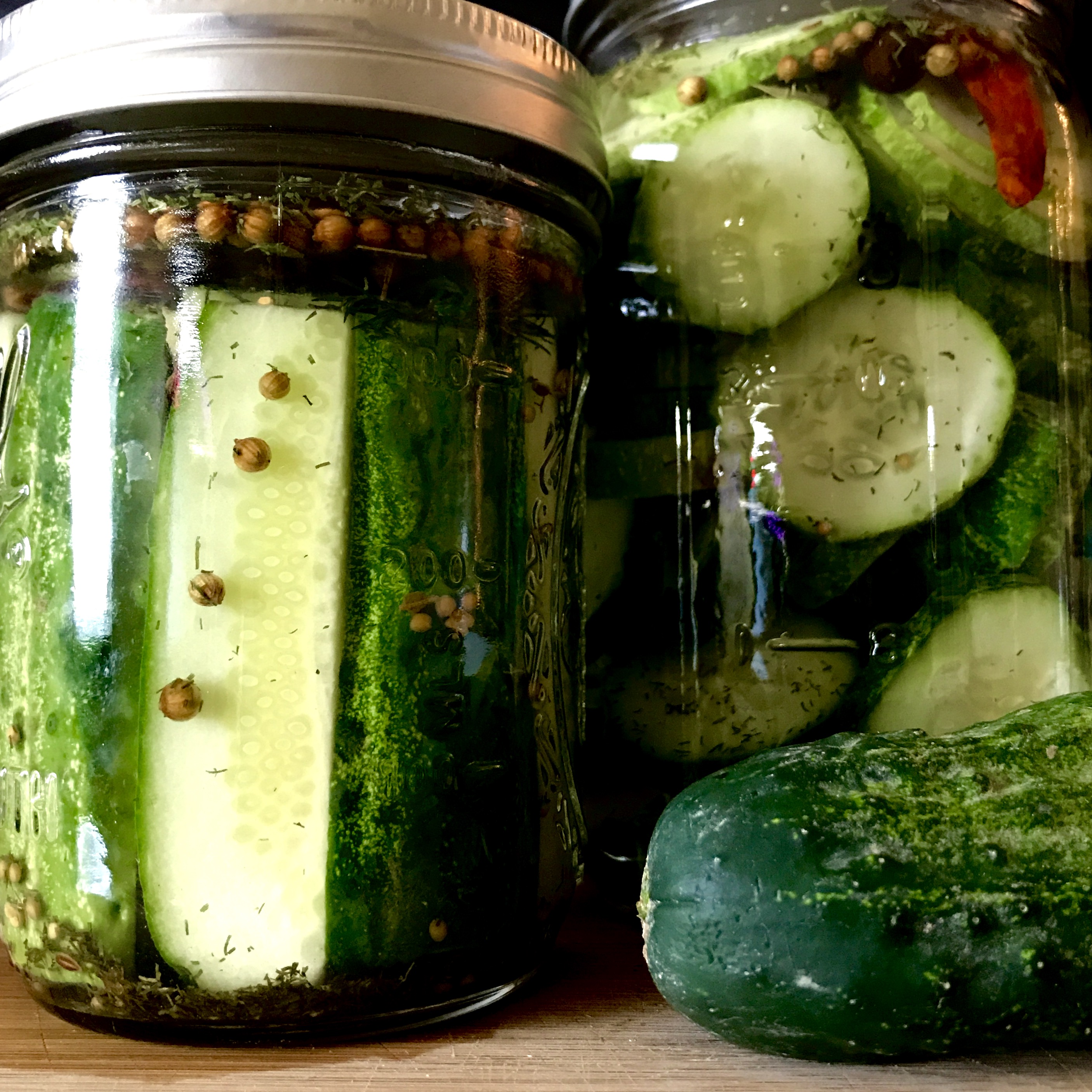
The herb garden is still flourishing, and I’ve been using and saving as much as I can. Today I’m making a bunch of herbal soaps. They’re great to have around for guests, and perfect for little homemade gifts. I just use a basic soap base and add essential oils, herbs, and moisturizers. Each recipe makes 1 bar.
Thymely Rose
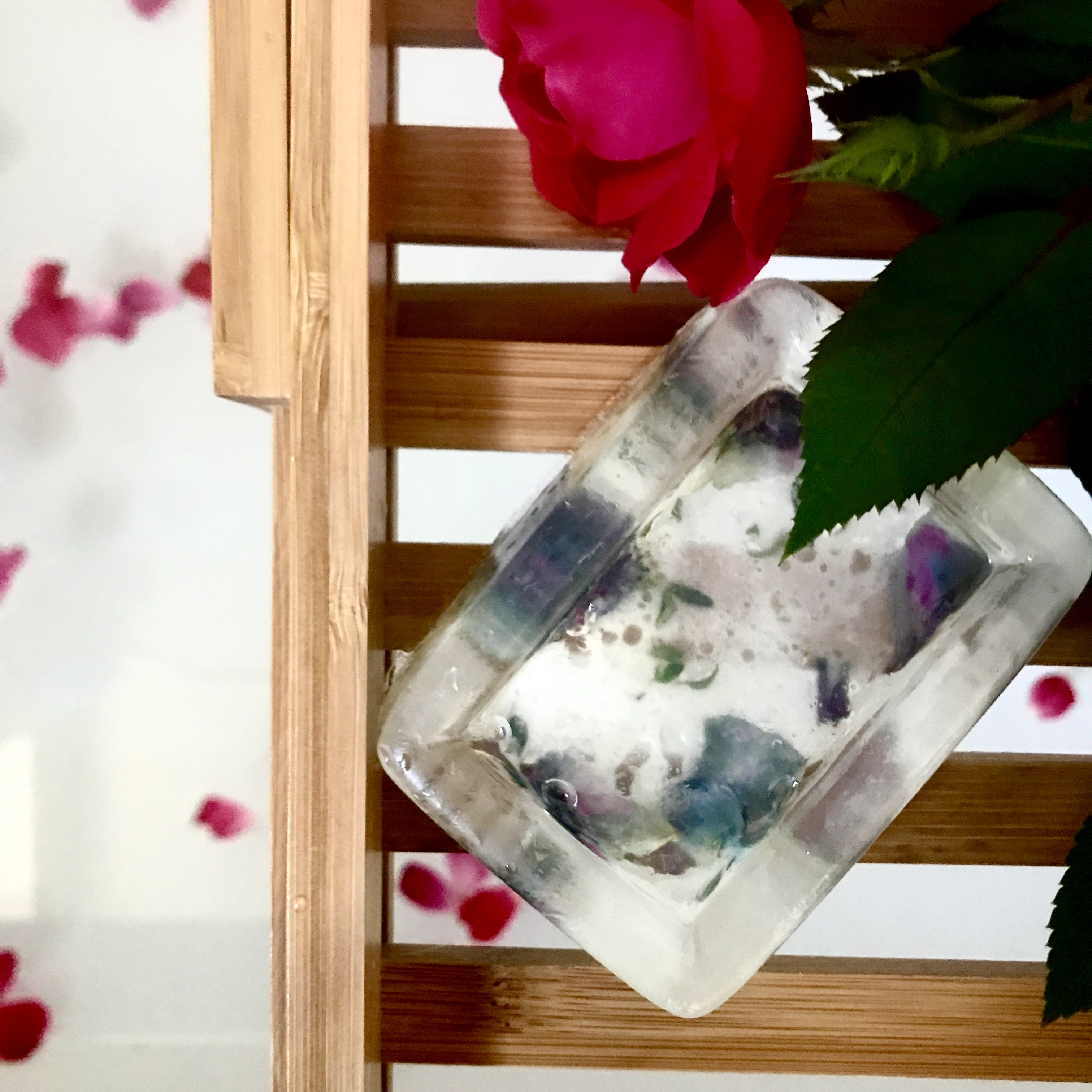
- 1 cup Soap Base
- 1 tbsp Coconut Oil
- 10 drops Rose Essential Oil
- Dried Thyme and Dried Rose Petals
Carefully melt the soap base using a double boiler and stir in oils. Pour into soap mold. Drop in thyme and rose petals as desired, and let cool completely.
Citrus Spice
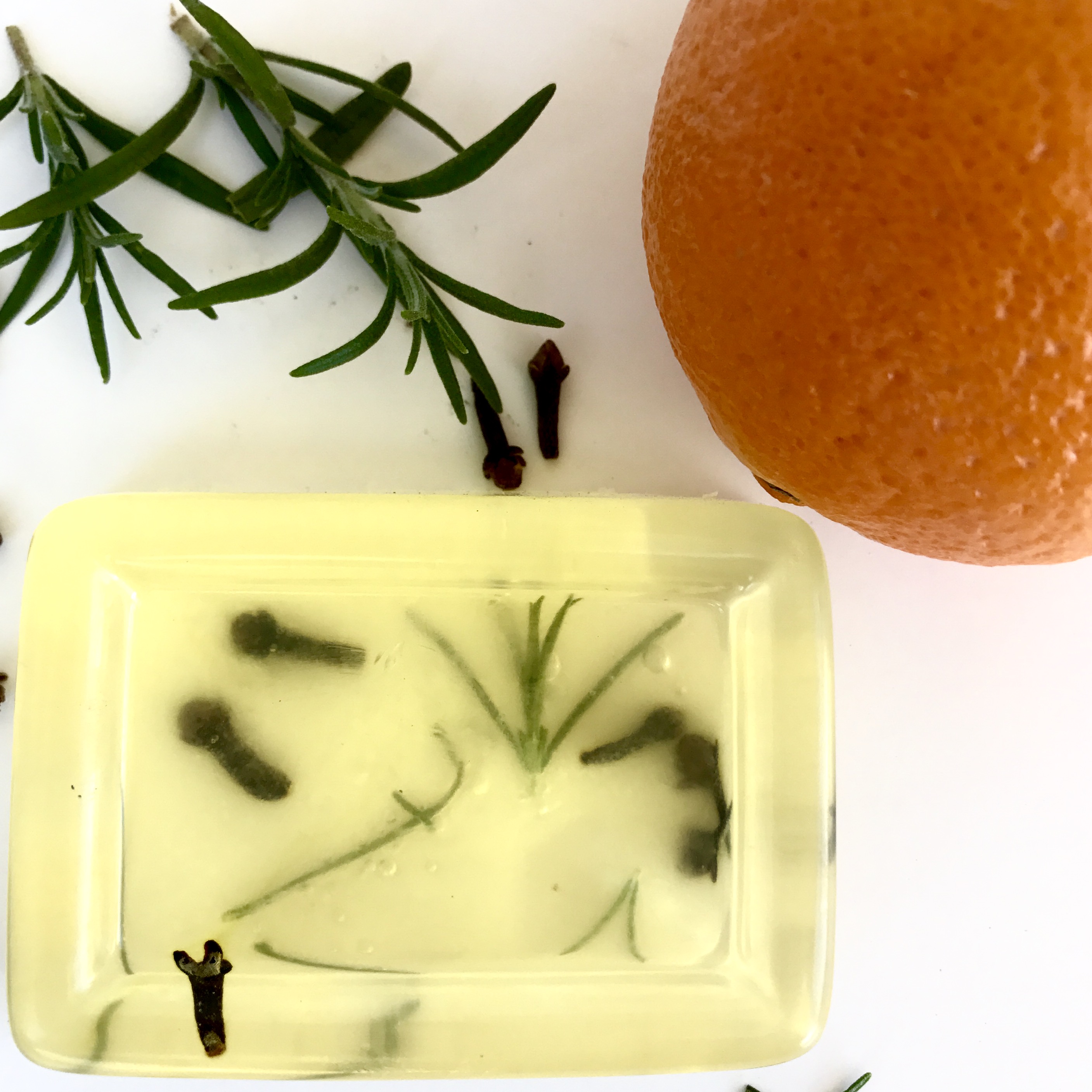
- 1 cup Soap Base
- 1 tbsp Olive Oil
- 10 drops Tangerine Essential Oil
- Fresh Rosemary & Cloves
Melt the soap base using a double boiler and stir in oils. Pour into soap mold. Drop in rosemary and cloves (optional… and scratchy) as desired, and let cool completely.
Lavender Oats
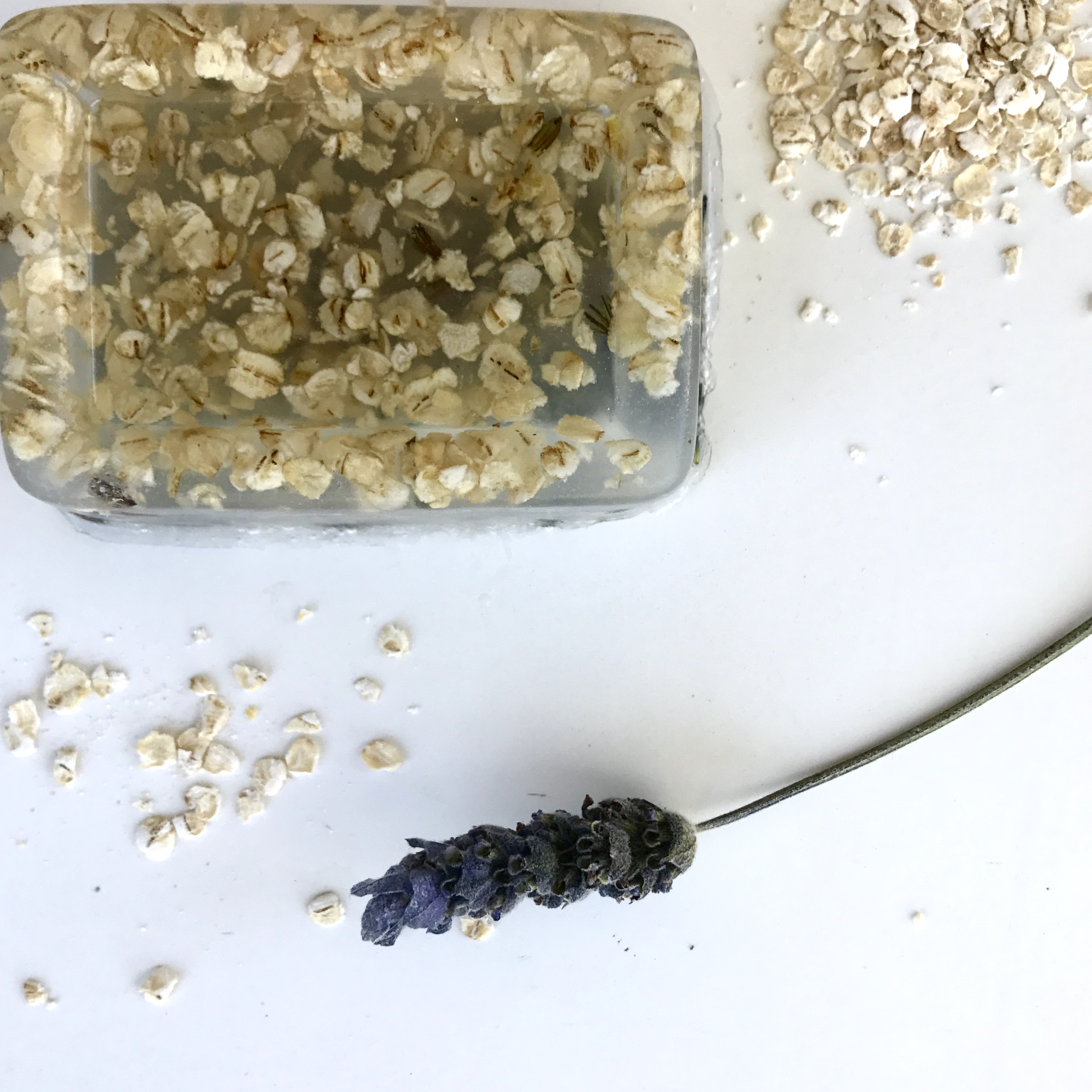
- 1 cup Soap Base
- 1 tbsp Coconut Oil
- 10 drops Lavender Essential Oil
- Dried Lavender and Oats
Melt the soap base using a double boiler and stir in oils. Pour into soap mold. Drop in lavender and oats as desired, and let cool completely.
Mintea Tree
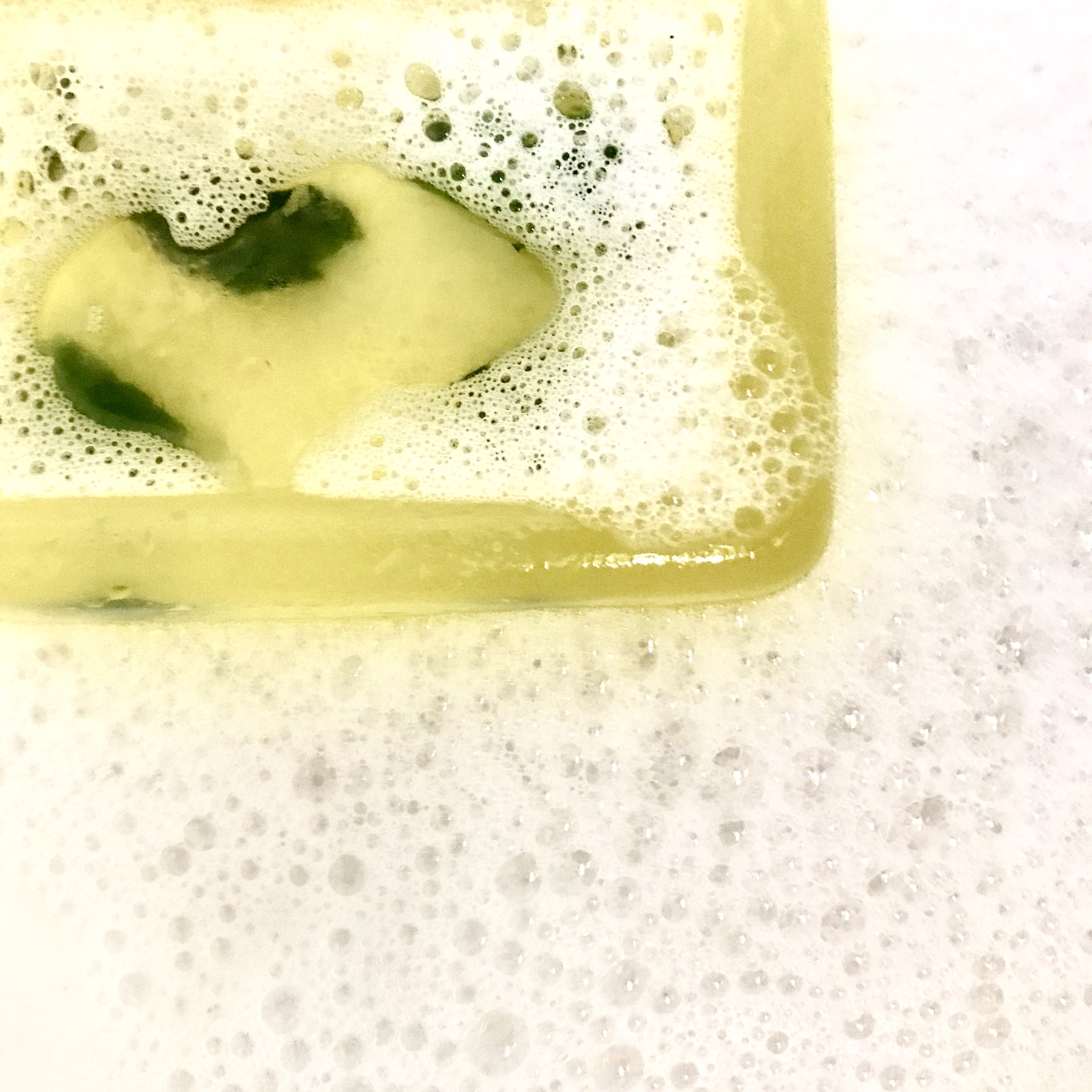
- 1 cup Soap Base
- 1 tbsp Olive Oil
- 10 drops Tea Tree Essential Oil
- Fresh Mint Leaves
Melt the soap base using a double boiler and stir in oils. Pour into soap mold. Drop in mint leaves as desired, and let cool completely.
Lemon Verbena
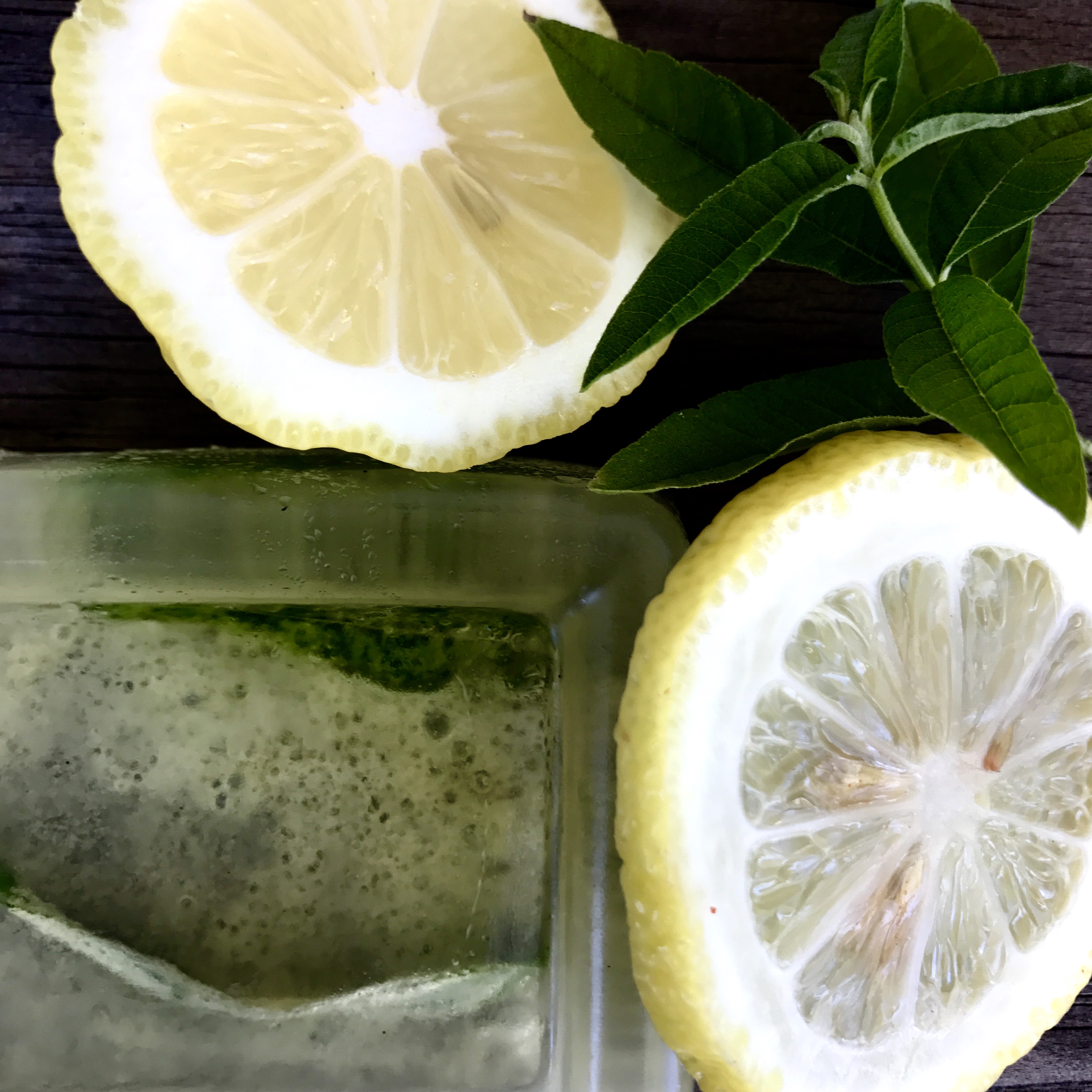
- 1 cup Soap Base
- 1 tbsp Olive Oil
- 10 drops Lemon Essential Oil
- Fresh Lemon Verbena
Melt the soap base using a double boiler and stir in oils. Pour into soap mold. Drop in lemon verbena as desired, and let cool completely.
Happy Herbing!

